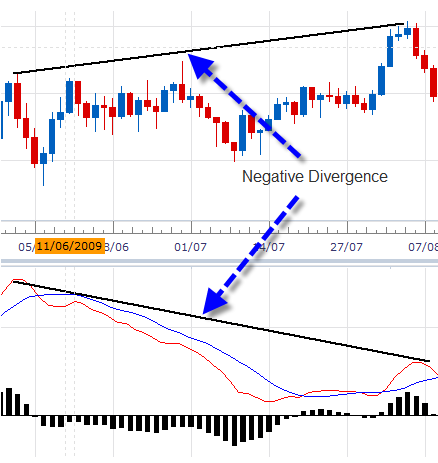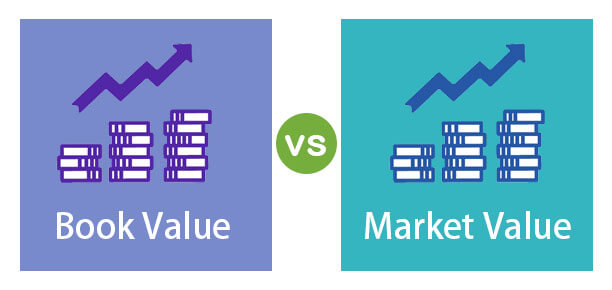Contents:


“Standard” has been defined in the accounting literature, as “a yardstick”, “a benchmark”, “a gauge”, and “a sea level from which to measure altitudes”. Estimating materials prices where seasonal price variations or bulk purchase discount may be significant. After establishing the standard quality of material, it is more important and necessary to establish the standard regarding quantity of each material. Generally, quantities are expressed in terms of kilograms, feet, units and so forth.
EPA proposes strengthening mercury and air toxics standards for … – Utility Dive
EPA proposes strengthening mercury and air toxics standards for ….
Posted: Thu, 06 Apr 2023 07:00:00 GMT [source]
As the manufacturing process’s needs change, so should the standards. Allowing employees to provide feedback on the standard costing process shows that management is interested in improving it. This can help create a more positive work environment and improve morale.
Ascertainment of actual costs
The appropriate action where necessary so that maximum completed contract method may be achieved. You may have referred to them as standards when you have set and attempted to reach goals. Making decisions is not easy, and it is even more complicated when you are responsible for the well-being of a company or organization. However, those in charge must remember that they have a responsibility to act in the best interest of their constituents. Company decisions should be made carefully and deliberately by those with authority.
Standard costing is the practice of substituting an expected cost for an actual cost in the accounting records. Subsequently, variances are recorded to show the difference between the expected and actual costs. The name of the variance is self-explanatory, denoting the differences between the standard cost of Materials and the actual cost of materials.
It will help you record and analyze the costs of products in services so that you can operate smoothly and grow your business. If you don’t have the time or expertise to handle your accounting manually, get the help you need with one of the best accounting software systems for small businesses. The setting up of standard costs requires the consideration of quantities, price or rates, and qualities or grades for each element of cost that enters a product (i.e., materials, labor, and overheads). Standard cost also plays a role in evaluating staff performance. For example, by analyzing the difference between actual costs and standard costs, management can identify the factors leading these differences. The use of standard costs is also beneficial in setting realistic prices.
Which Types of Costs Go Into Cost Accounting?
In 2018, Qualcomm announced a reduction to its https://1investing.in/ force, affecting many of its full-time and temporary workers. The reduction in labor was necessary to suppress rising expenses that could not be controlled through overhead or materials cost-cutting measures. The variances between standard labor rates and actual labor rates, and diminishing profit margins will have contributed to this decision. It is important for Qualcomm management to keep labor variances minimal in the future so that large workforce reductions are not required to control costs. These standards can then be used in establishing standard costs that can be used in creating an assortment of different types of budgets.
2023 Chevrolet Bolt EV: Performance, Price, And Photos – TopSpeed
2023 Chevrolet Bolt EV: Performance, Price, And Photos.
Posted: Wed, 12 Apr 2023 17:00:00 GMT [source]
If the variance relates to the use of direct labor, it is called the labor efficiency variance. Finally, if the variance relates to the application of overhead, it is called the overhead efficiency variance. A rate variance is the difference between the actual price paid for something and the expected price, multiplied by the actual quantity purchased. The “rate” variance designation is most commonly applied to the labor rate variance, which involves the actual cost of direct labor in comparison to the standard cost of direct labor. The rate variance uses a different designation when applied to the purchase of materials, and may be called the purchase price variance or the material price variance. The cost accountant may periodically change the standard costs to bring them into closer alignment with actual costs.
Standard Costing (Explanation)
Finally, a decision should only be made once all of the facts have been considered and a course of action has been decided upon. But if a company can take a step back and think about what will truly benefit it in the long run, it will be much better off. This may mean making tough decisions that aren’t popular, but they’ll pay off down the road. They determine its direction, how it will allocate its resources, and what kind of culture it will have. Many factors influence business decisions, and knowing the best course of action can be challenging. However, making sound decisions is crucial to the success of any business.

After the standard price is set, actual purchase prices will vary. As such, there will be a difference between cost assigned to inventory and what was actually paid for the inventory. To appropriately account for these items, the company would use a purchase price variance account. The company then analyzes the purchase price variance account and relieves a portion of the capitalized variance to appropriately reflect COGS on an overall basis. See an example of the entries below for the purchase of an assembled door purchased for $500.
DECISIONS IMPACT THE BOTTOM LINE- STANDARD COSTING
That’s why the accountant must review their figures regularly. Standard costing variances help businesses identify areas where they’re not being as efficient as they’d expected. For example, if it’s taking workers longer than planned to produce a product, that could indicate they need more training, or something else is going on that’s slowing up their work. But it could be a sign the standard cost estimate for direct labor was too optimistic. If a company has a very complex manufacturing system, with multiple items being produced, it is often impossible to single out the standard costs for one product unit. Analyzing a product unit can help a company determine its value, however, it would need to be done using actual costs as opposed to standard costs.
- Use the information provided to create a standard cost card for production of one deluxe bicycle from Bicycles Unlimited.
- Some companies report variances and key operating data daily or even more frequently.
- In this plan variances are expressed as percentages and not in absolute monetary terms.
- Budgeting for inventory levels and COGS also should be considered, as labor shortages may result in decreased production or increased costs.
Thebreak-even point—which is the production level where total revenue for a product equals total expense—is calculated as the total fixed costs of a company divided by its contribution margin. Traditionally, overhead costs are assigned based on one generic measure, such as machine hours. Under ABC, an activity analysis is performed where appropriate measures are identified as the cost drivers. As a result, ABC tends to be much more accurate and helpful when it comes to managers reviewing the cost and profitability of their company’s specific services or products. After this transaction is recorded, the Direct Materials Price Variance account shows a credit balance of $190. In other words, your company’s profit will be $190 greater than planned due to the lower than expected cost of direct materials.
It also assists in the effective application of standards, as well as making necessary changes as new circumstances render previous standards obsolete. These standards make proper allowances for normal recurring interferences such as machine breakdown, delays, rest periods, unavoidable waste, and so on. The standard of efficient operation is decided based on previous experience, research findings, or experiments. The standard is generally defined as that which is attainable but only after substantial effort.
- Therefore, the feedback system may help to eliminate unwanted costs in the future, leading to a potential reduction in costs.
- Standard costing is the practice of substituting an expected cost for an actual cost in the accounting records.
- This is often achieved by measuring the difference between actual and standard cost, as well as analyzing the causes to improve efficiency through executive action.
- In contrast to general accounting or financial accounting, the cost-accounting method is an internally focused, firm-specific system used to implementcost controls.
- Work motivation – The standards provide incentive and motivation to work with greater effort and care for achieving the standard.
Once standards are set, the common way to account for labor and overhead allocation is to use absorption accounts. The idealistic result is zero direct impact to the income statement. Capitalized costs would then flow through cost of goods sold as finished goods are sold.
This 0.1-hour variance results from the unrealistic standard rather than operational efficiency. However, a few variances could result from standards that were not realistic. It is interesting to note that both systems can operate independently, but since both systems involve the estimation of costs, most firms often operate both systems together.

Along with this, standard costs help to identify any production costs that need to be controlled. If the variance analysis determines that actual costs are higher than expected, the variance is unfavorable. If it determines the actual costs are lower than expected, the variance is favorable. Two factors can contribute to a favorable or unfavorable variance. There is the cost of the input, such as the cost of labor and materials. The term ‘standard cost’ can be defined as the expected cost per unit of the products produced during a period, which is based on various factors.
